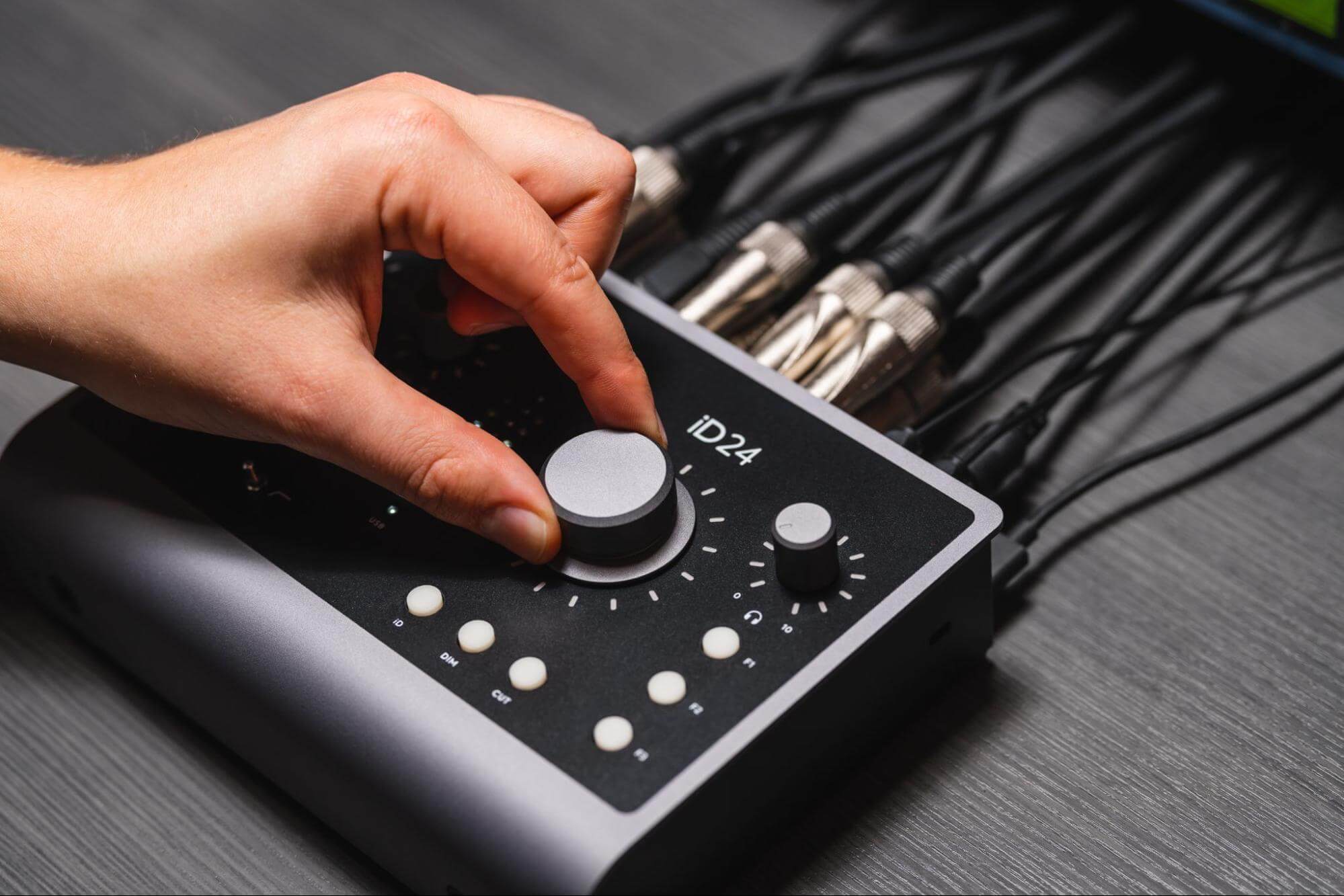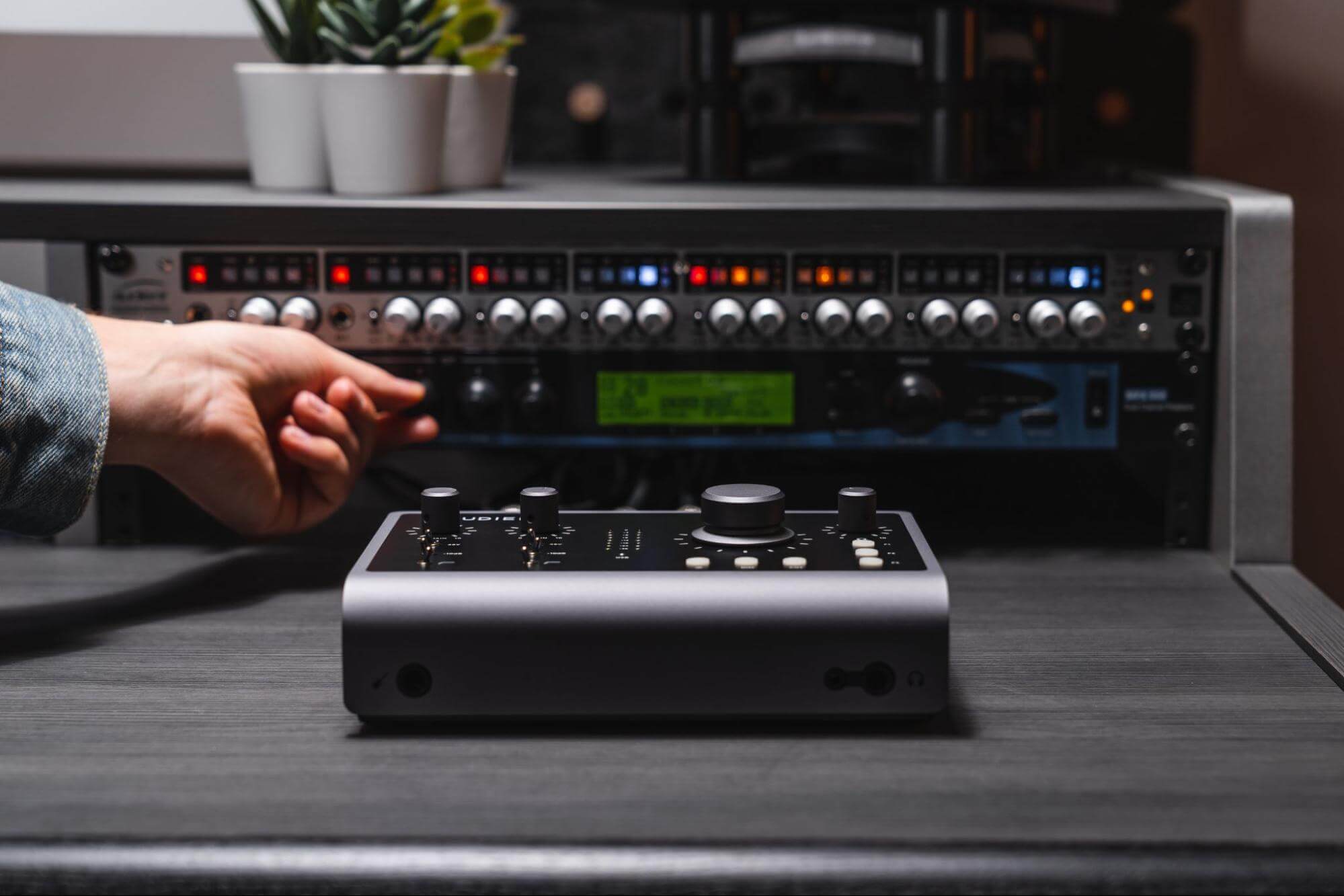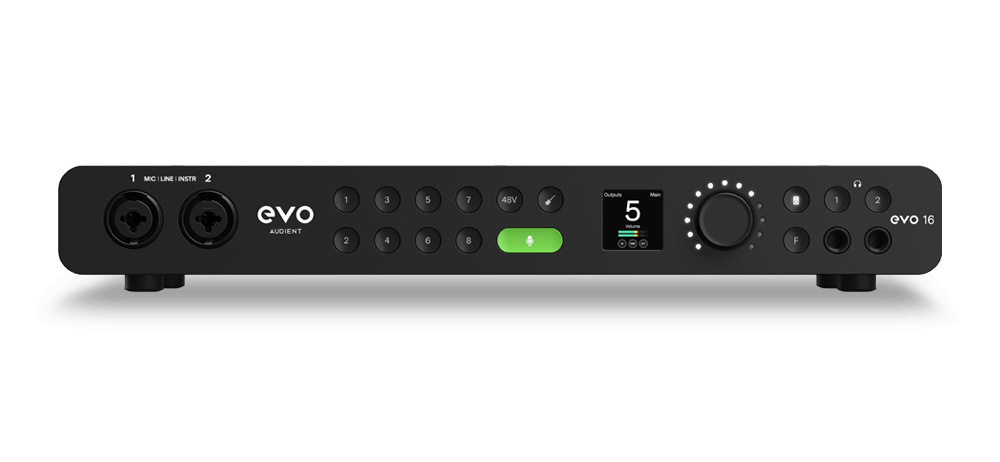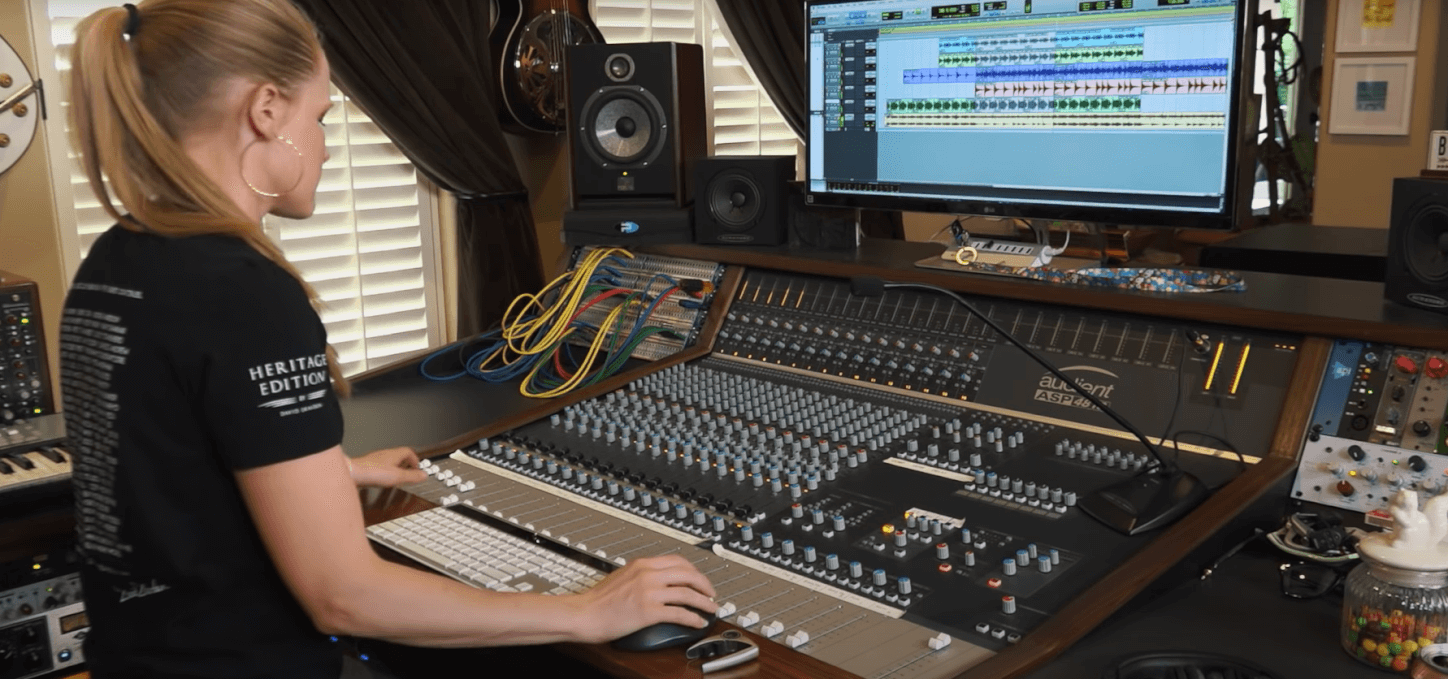Get good at music theory…
While there are undoubtedly topline writers out there forging careers with little or no formal musical education to speak of, it stands to reason that the more you know about the technicalities of composition and music theory in general, the more efficiently and confidently you’ll be able to approach your writing projects. Whether you opt for a college course with a bona fide qualification at the end of it, sign up for less institutional tuition online, buy a book, or just trawl YouTube and the internet for videos and tutorials on the subject, garnering a full understanding of melody and harmony can only ever be a good thing.

…But trust your natural intuition
Having said that, as a topline writer, you should also have an intuitive feel for what makes a great tune/hook/vocal/etc from a more visceral, non-academic perspective. This is something you can’t really be taught – ultimately a combination of listening to and analysing existing works, and practising the application off your own proclivities and technique – but there are a few things you can do to cultivate and hone those musical senses. Be ruthless in your judgement of your own work, for example, following your instincts and ditching anything that doesn’t absolutely stand up to scrutiny once those giddy first impressions have settled down. And seek the honest opinion of others as to the quality and memorability of your toplines, inviting and taking criticism onboard in the pursuit of self-improvement.
Keep it simple
One notable characteristic of most great toplines is their simplicity, be it literal or perceived. Think of some of the truly great hooks by the likes of the Beatles, Max Martin, Burt Bacharach and Abba: there are some wildly complex things going on melodically and harmonically in many of them, but they work so well because they’re instantly appealing at the limbic level, and give the impression that they were conceived effortlessly – like they were always ‘meant to be’. It’s lines like those that stay in your memory, and whether they just sound simple or really are simple is kind of irrelevant.

Obviously, Though, it is entirely possible to get too simple with your toplines, so if your instincts tell you that the vocal you’ve just penned is coming across as even slightly bit boring or infantile, change it up in terms of complexity and interest, or scrap it and start again.
Master the art of lyric writing
Writing lyrics is a vast and expansive subject far beyond the scope of this article, but here are a few fundamental things to consider when it comes to putting together the verbal content of your toplines.
Think long and hard about your themes and lyrical direction. A straight-up love song might prove the path of least resistance, but if you do go that way, at least try to put some sort of twist on it. Better, though, to avoid such cliched territory entirely if possible and write about something more original and interesting. Try to tell a story that grabs the attention right from the start and resolves in a satisfying way through its brief arc. And always think about the shape and form of your lyrics: repetition is part and parcel of topline writing, but you can maintain that cyclic feel while still varying the delivery slightly (or dramatically!) each time round. Surprise the listener by playing with and subverting their sense of anticipation.

Lastly, keep a notebook or note-taking app on you at all times, so you can write down anything potentially lyric-worthy that you hear out in the world or that just pops into your head.
Be versatile
If your ultimate goal is to make a living out of writing toplines, you needs to ensure that you can do so in any style a client might throw your way. This is potentially quite a challenge, as every genre has its own musical and lyrical tropes that you’ll need to get your head around convincingly; but you can, of course, bone up on a given style after you’ve accepted a commission to write a topline in it – as long as you’re confident in your ability to fully deliver, natch.
Don’t put too many of your eggs in one basket
A good topline will generally centre on one or two key motifs/hooks each in its verse and chorus sections, for the listener to come away from the song remembering its essential themes. Don’t try to shoehorn any more in than that, as it’s just not necessary and likely an exercise in diminishing returns. If you find yourself juggling twice as many killer topline motifs than the track in question actually needs, save half of them for another project.
Get good at music production
Back in the day, when music was recorded to tape in big, expensive recording studios, songwriting and production were largely separate processes. Now, computer technology has blurred those traditional lines, enabling songwriters and topline writers to work up and materialise exactly what they’re hearing in their heads, from the melody to the sonic minutiae of the vocal and instrumental parts singing/playing it. it follows, then, that the better you are at production, the easier you’ll find it to realise your musical visions in spectacular full, whether that’s in the creation of final, mix-ready toplines, or just highly representative demos.

So, if you’re making the move from producer to topliner with no intention of ever going back, you still shouldn’t let your production and engineering skills slide. And if you’re coming at the role of topline writer fresh from, say, a songwriting course, consider music production an important element of the job, and actively work to develop your abilities in that area.
Our Products
-

Interfaz de audio 2 entradas | 2 salidas
-

Interfaz de audio 10 entradas | 6 salidas
-

10in | 14out Audio Interface
-

Interfaz de audio 20 entradas | 24 salidas
-

24in | 32out Audio Interface
-

Interfaz de audio 10 entradas | 14 salidas
-

Interfaz de audio 10 entradas | 4 salidas
-

Interfaz de audio 2 entradas | 2 salidas
-

Interfaz de audio 4 entradas | 4 salidas
-

24in | 24out Audio Interface
-

Todo lo que necesitas para empezar a grabar
-

8 Channel Smart Preamp with AD/DA
-

Previo de micro y ADC de 8 canales
-

Previo de micro y control de tono de 8 canales
-

Consola de grabación analógica modular
-

Small Format Analogue Recording Console
-

Small Format Analogue Recording Console
-

Immersive Audio Interface and Monitor Controller
-

Controlador de sobremesa para monitores
-

Controlador de monitores de sonido surround



